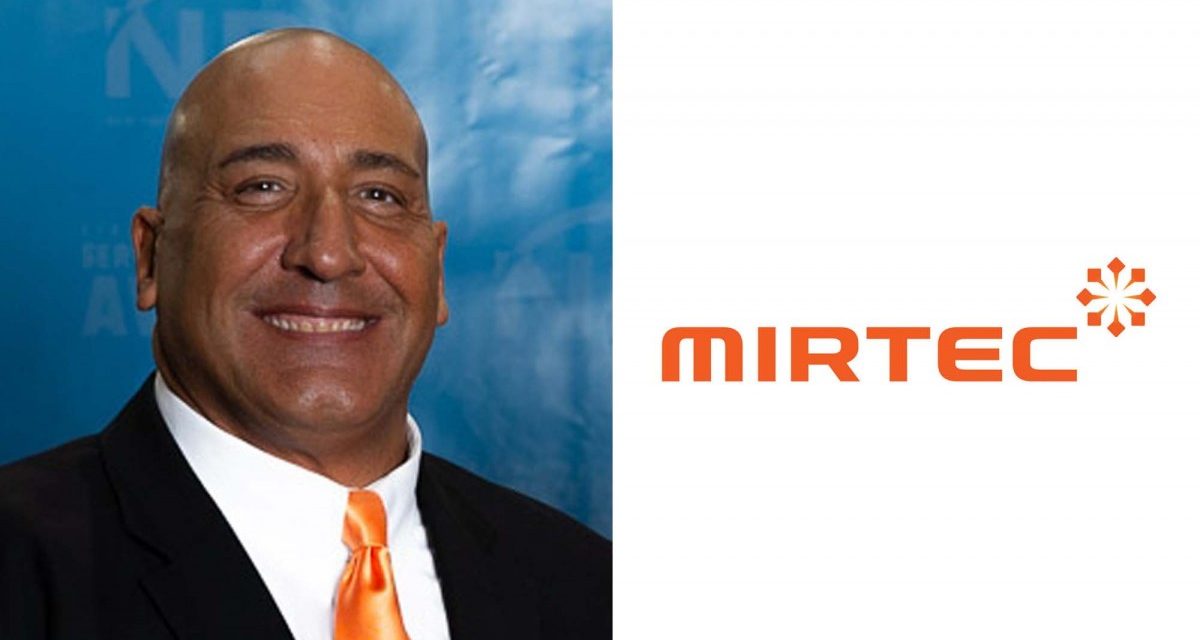The Connectivity Files – A Series of Six Interviews – Brian D’Amico of Mirtec Corporation

The connectivity debate rages on and with the addition of yet more standards it remains a major issue. It strikes at the foundation of the smart factory and is what Industry 4.0 is built upon. Machine to machine, machine to system and machine to operator communication are the starting point of the digital transformation of manufacturing and the key to the numerous benefits on offer.
Over the coming weeks, we’ll be publishing interviews conducted with experts involved in the deployment and development of smart factory solutions to get their view on the key issues surrounding connectivity. The third interview is with Brian D’Amico – President of Mirtec Corp.
On the importance of connectivity for Industry 4.0 or IIoT
Brian D’Amico – President of Mirtec Corp: Connectivity is the critical first step toward the implementation of Industry 4.0 within the Electronics Manufacturing Industry. The ultimate goal is to achieve higher levels of productivity by connecting all parts of the manufacturing process though Machine-to-Machine (M2M) Integration and the Industrial Internet of Things. This requires the collection of data to a centralized platform which may then be analyzed to optimize the manufacturing process by eliminating inefficient procedures, capacity attrition, wastefulness and performance bottlenecks.
What are the main issues or challenges associated with connectivity in our industry today?
Brian D’Amico: One of the biggest challenges with M2M communication is the ability to provide seamless connectivity between such a wide variety of assembly equipment. The fact is that different vendors use different communication protocols, data formats, and standards.
Explain your strategy to address these issues and challenges
Brian D’Amico: Truly seamless integration of data across different manufacturing equipment requires another level of connectivity typically referred to as “Middleware”. Rather than “re-invent the wheel”, we at MIRTEC have chosen to strategically partner with companies like Cogiscan that specialize in machine-to-machine communication. These partnerships allow us to effortlessly connect to virtually any machine within the manufacturing line without tying up valuable engineering resources. This also overcomes the hurdle of working with some competitive systems.
What is your perspective relative to new industry standards such as Hermes, CFX and others you are aware of?
Brian D’Amico: While there is certainly a trend toward standardization, we must consider the fact that there are a host of communication protocols that are used throughout our industry. Proposed standards such as CFX and Hermes are gaining momentum and will undoubtedly help with M2M communication initiatives. In my estimation, however, there will still be the need for middleware in order to bridge the communication gap between standards.
Previously in this series:
The Connectivity Files – A Series of Six Interviews – James Mok at Dassault Systèmes
The Connectivity Files – A Series of Six Interviews – Peter Bollinger at iTAC Software










